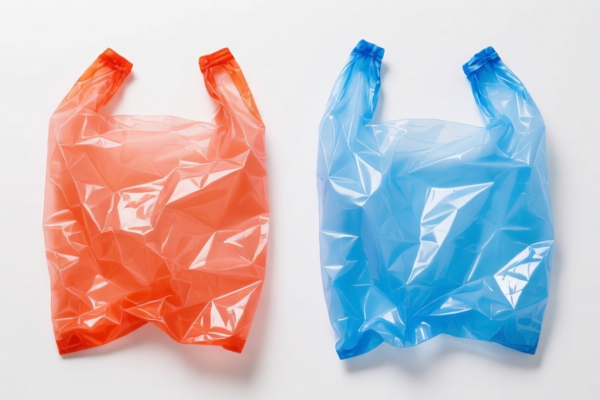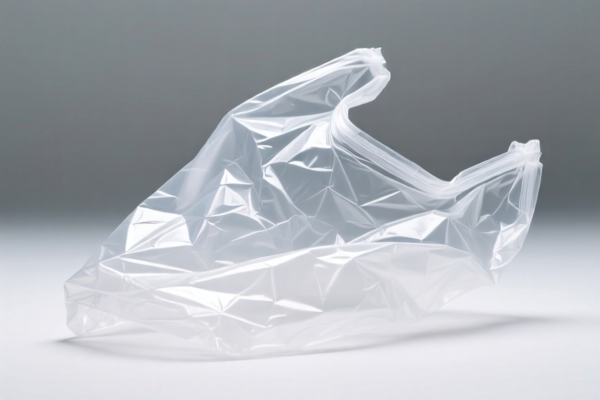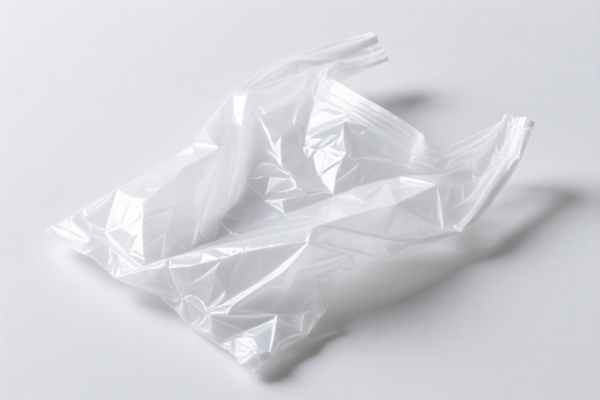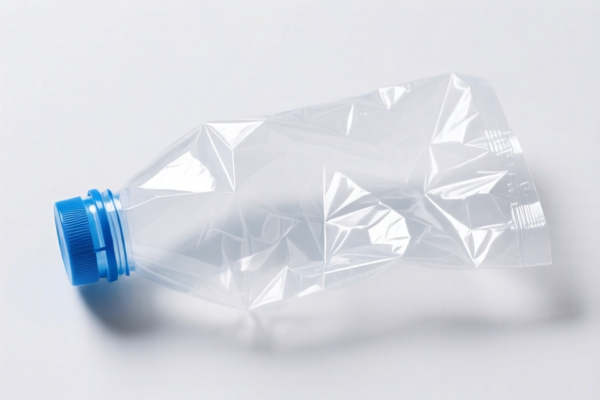| HS Code | Official Doc | Tariff Rate | Origin | Destination | Effective Date |
|---|---|---|---|---|---|
| 3926400010 | Doc | 35.3% | CN | US | 2025-05-12 |
| 3926909989 | Doc | 42.8% | CN | US | 2025-05-12 |
| 3917400095 | Doc | 60.3% | CN | US | 2025-05-12 |
| 3917390050 | Doc | 33.1% | CN | US | 2025-05-12 |
| 9620005000 | Doc | 60.3% | CN | US | 2025-05-12 |
| 9619000500 | Doc | 42.5% | CN | US | 2025-05-12 |
| 9619009000 | Doc | 44.5% | CN | US | 2025-05-12 |




Plastic Fireworks
Plastic fireworks, also known as snap pops, poppers, or noisemakers, are small, single-use devices designed to create a small explosion and a snapping or popping sound when crushed, thrown, or stepped on. They are primarily composed of plastic and a small amount of sensitive explosive material.
Material:
- Plastic Capsule: Typically made from polypropylene or similar durable plastic. This forms the outer shell of the firework, containing the explosive charge.
- Explosive Composition: Traditionally, the explosive material is a small amount of silver fulminate, however, modern versions often use a mixture of silver nitrate, red phosphorus, and sandpaper. These mixtures are sensitive to friction, impact, or heat.
- Primer: Sandpaper is often included as a primer to initiate the explosion when friction is applied.
- Coloring Agents: Dyes are sometimes added to the plastic or explosive mixture to create colored fireworks.
Purpose:
The primary purpose of plastic fireworks is recreational entertainment, particularly for celebrations like New Year's, the Fourth of July, and parties. They provide a small, relatively harmless explosive effect for amusement.
Function:
The firework functions through a rapid chemical reaction initiated by friction, impact, or heat. When sufficient force is applied, the explosive material detonates, creating a small explosion that produces a popping sound and a slight physical jolt. The plastic capsule breaks open as a result of the internal pressure.
Usage Scenarios:
- Celebrations: Commonly used during holidays and festivals to create festive noise and visual effects.
- Parties: Used as party favors or novelties for entertainment.
- Novelty Items: Sold as individual items or in packs for recreational use.
- Pranks: Although discouraged due to safety concerns, they are sometimes used for harmless pranks.
Common Types:
- Snap Pops: Small, individual fireworks that create a single pop when crushed.
- Poppers: Larger fireworks that create a louder pop and may contain confetti or streamers.
- Chain Poppers: Connected strings of fireworks that create a series of pops when ignited.
- Color Poppers: Fireworks that release colored smoke or confetti along with the pop.
- Throwdown Poppers: Designed to be thrown onto a hard surface to initiate the explosion.
Safety Considerations:
Despite being considered relatively harmless, plastic fireworks pose certain risks:
- Eye Injury: The explosion can cause eye irritation or injury from debris.
- Hand Injury: Crushing or throwing fireworks can cause minor hand injuries.
- Fire Hazard: Although rare, the explosive material can potentially ignite flammable materials.
- Sensitivity: The explosive material is sensitive to friction, impact, and heat, requiring careful handling.
- Age Restrictions: Often sold with age restrictions due to the potential for misuse and injury.
Plastic fireworks fall under articles of plastics and articles of other materials. Here are the relevant HS codes based on the provided reference material:
- 3926400010: This HS code covers “Other articles of plastics and articles of other materials of headings 3901 to 3914: Statuettes and other ornamental articles Bows and similar products for decorative purposes including gift-packaging and the like”. Fireworks, being ornamental, could potentially fall under this classification. The total tax rate is 35.3%, comprised of a 5.3% base tariff, 0.0% additional tariff, and a 30% additional tariff effective April 2, 2025.
- 3926909989: This HS code covers “Other articles of plastics and articles of other materials of headings 3901 to 3914: Other: Other”. If the plastic fireworks do not fit specifically into the “statuettes and ornamental articles” category, they may be classified as “other”. The total tax rate is 42.8%, consisting of a 5.3% base tariff, a 7.5% additional tariff, and a 30% additional tariff effective April 2, 2025.
It is important to note that the classification between these two HS codes (3926400010 and 3926909989) will depend on the specific characteristics of the plastic fireworks. If the fireworks are primarily decorative, 3926400010 may be more appropriate. If they do not fall into that specific category, 3926909989 should be considered.
Customer Reviews
No reviews yet.